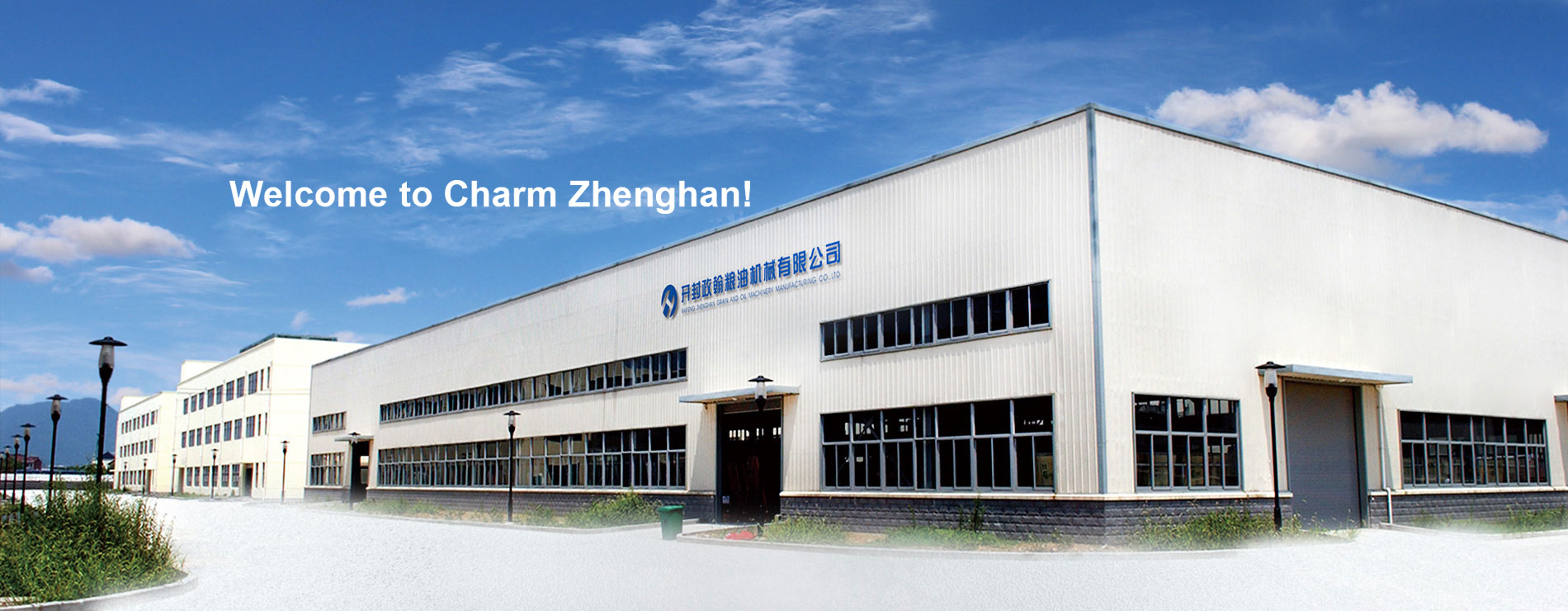Recent Posts
Filler Feeding Systems: Transforming Agricultural Productivity
Release time:
May 16,2025
Filler Feeding Systems: Transforming Agricultural Productivity Introduction to Filler Feeding Systems In the realm of agriculture, the quest for increased productivity has led to numerous innovations. One of the most significant advancements is the development of **filler feeding systems**. These systems play a pivotal role in optimizing feed distribution, enhancing livestock health, and ultimatel
Filler Feeding Systems: Transforming Agricultural Productivity
Introduction to Filler Feeding Systems
In the realm of agriculture, the quest for increased productivity has led to numerous innovations. One of the most significant advancements is the development of **filler feeding systems**. These systems play a pivotal role in optimizing feed distribution, enhancing livestock health, and ultimately boosting farm profitability. In this article, we will explore the intricacies of filler feeding systems, their benefits, and their impact on agricultural productivity.
Understanding Filler Feeding Systems
What Are Filler Feeding Systems?
Filler feeding systems are designed to automate and streamline the process of delivering feed to livestock. These systems can efficiently dispense various feed types, including grain, silage, and supplements, ensuring that animals receive the appropriate nutrition at the right time. By minimizing manual labor and maximizing efficiency, filler feeding systems have become essential tools in modern agriculture.
Components of a Filler Feeding System
Typically, a filler feeding system consists of several key components:
1. **Feed Storage**: This is where the feed is stored before distribution. Storage units can range from silos to bins, depending on the scale of the operation.
2. **Conveying Systems**: These systems transport feed from storage to the feeding area. They may include augers, belts, or pneumatic systems.
3. **Feeding Mechanism**: This is the part of the system responsible for accurately dispensing feed to the livestock. It can be programmable to ensure precise amounts are distributed.
4. **Control System**: Modern filler feeding systems often feature automated controls that monitor feed levels, track consumption, and adjust delivery schedules accordingly.
Benefits of Filler Feeding Systems
Enhanced Efficiency and Productivity
One of the primary benefits of implementing a filler feeding system is the enhancement of operational efficiency. By automating feed distribution, farmers can significantly reduce the time spent on manual feeding tasks. This efficiency allows farm workers to focus on other vital aspects of livestock management and crop production, ultimately leading to higher productivity levels.
Improved Livestock Health and Welfare
Filler feeding systems contribute to the overall health of livestock. With precise feed delivery, animals receive a balanced diet tailored to their nutritional needs. This not only supports healthy growth but also minimizes waste. Healthier animals lead to improved milk production and higher meat quality, which are crucial for profitability.
Reduction in Feed Waste
Manual feeding often results in feed spillage and wastage. Filler feeding systems are designed to minimize these issues by ensuring accurate measurements and controlled dispensing. This reduction in waste not only lowers feed costs but also promotes environmental sustainability by decreasing the overall ecological footprint of farming operations.
Applications of Filler Feeding Systems in Agriculture
Dairy Farming
In dairy farms, filler feeding systems are crucial for maintaining consistent feeding schedules. Automated systems ensure that cows receive the right amount of feed at precise times, promoting optimal milk production and increasing overall herd health.
Beef Cattle Production
For beef cattle producers, these systems play a vital role in ensuring animals are fed efficiently and receive the necessary nutrients for growth. This leads to enhanced weight gain and improved meat quality, contributing to better profitability.
Poultry Farming
In poultry operations, filler feeding systems can be adapted to suit different feeding strategies and diets. Automated systems ensure that chickens receive consistent nutrition, which directly influences egg production and overall flock health.
Future Trends in Filler Feeding Systems
Integration of Smart Technology
As technology advances, the integration of smart features into filler feeding systems is becoming increasingly common. Innovations such as IoT (Internet of Things) connectivity allow farmers to monitor feed levels and animal health remotely, providing real-time data that can inform feeding strategies.
Sustainability Focus
The agricultural industry is under pressure to adopt sustainable practices, and filler feeding systems are no exception. Future designs will likely emphasize sustainability, focusing on reducing energy consumption and minimizing waste through innovative feed formulations and delivery mechanisms.
Choosing the Right Filler Feeding System for Your Farm
Assessing Your Farm's Needs
Before investing in a filler feeding system, it’s essential to assess your farm's specific needs. Factors such as the type of livestock, scale of operation, and available budget should guide your decision.
Evaluating System Features
When selecting a system, consider features such as automation level, compatibility with existing equipment, and the system's ability to handle different types of feed. Investing in a versatile system can provide long-term benefits as your farming needs evolve.
Frequently Asked Questions
1. What are the primary advantages of using filler feeding systems?
Filler feeding systems enhance efficiency, reduce labor costs, improve livestock health, and minimize feed waste.
2. How do these systems improve livestock health?
By providing accurate and consistent feed delivery, filler feeding systems ensure animals receive proper nutrition, leading to healthier growth and better overall welfare.
3. Can filler feeding systems be integrated with existing farm equipment?
Yes, many modern filler feeding systems are designed to be compatible with existing equipment and can be customized to suit specific farm setups.
4. What types of feed can be used in these systems?
Filler feeding systems can handle various feed types, including grains, silage, and supplements, making them versatile for different livestock operations.
5. What is the role of technology in modern filler feeding systems?
Technology enhances the efficiency and effectiveness of filler feeding systems by allowing for automation, remote monitoring, and data collection, which informs feeding decisions.
Conclusion
Filler feeding systems represent a transformative advancement in agricultural productivity, enabling farmers to optimize feed distribution, enhance livestock health, and reduce waste. As the agricultural sector continues to evolve, these systems will play an increasingly vital role in ensuring sustainable and profitable farming practices. By investing in the right filler feeding system, farmers can not only improve their operational efficiency but also contribute to the broader goals of sustainability and food security. Embracing technology and innovation in this area is crucial for those looking to thrive in the competitive agricultural landscape.
keywords

HOW CAN WE HELP ?
Get In Touch With Us!
Contact Information
Fax: +86-371-23227333
E-mail: global@aomgmach.com
Production base: Zongdian Industrial Zone, Qi County, Kaifeng City
Business license




